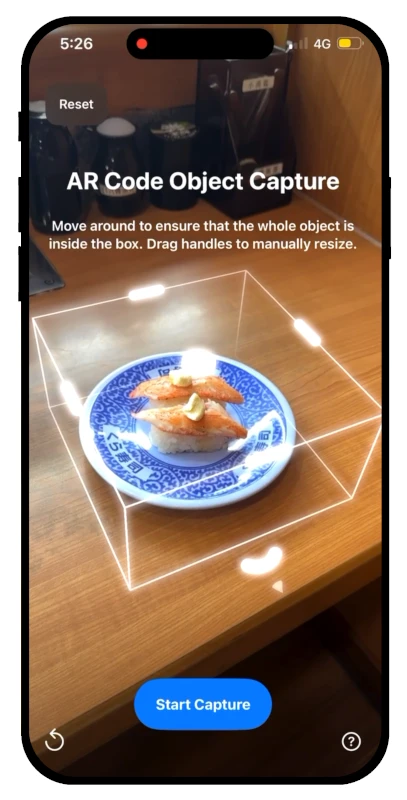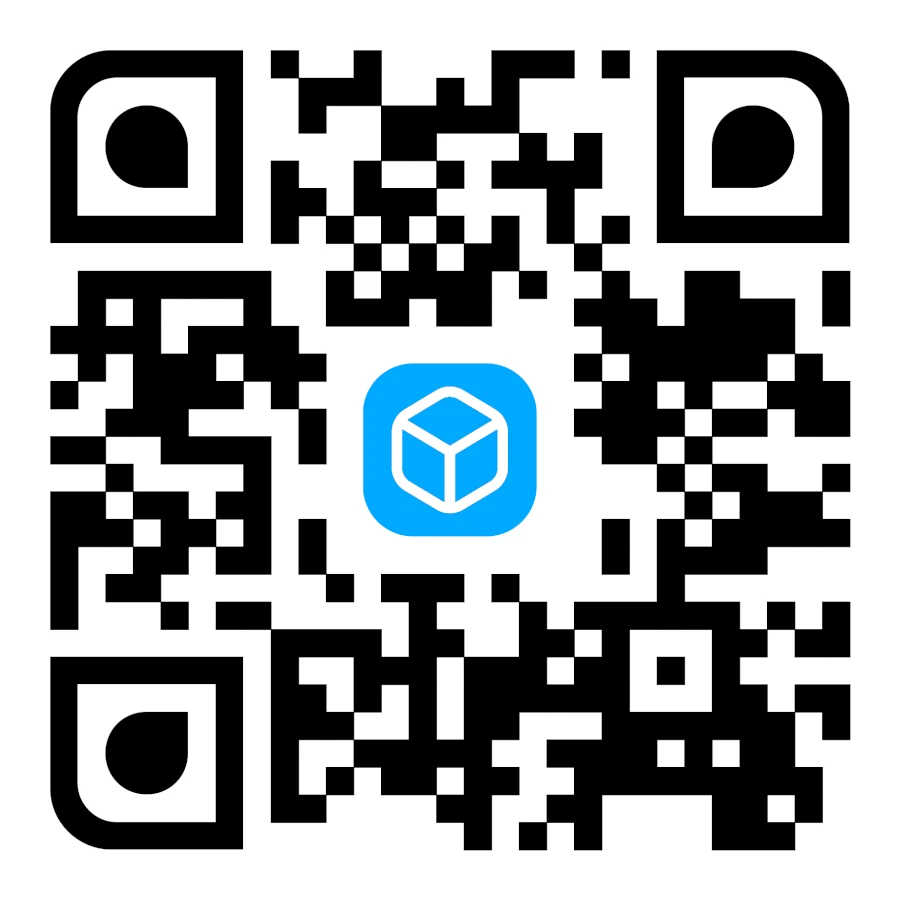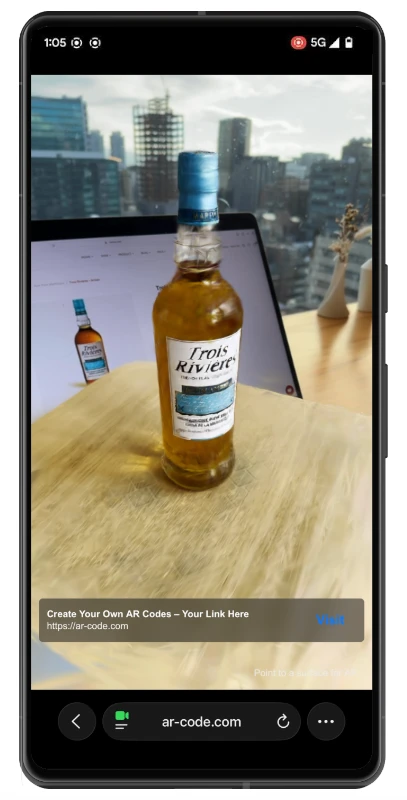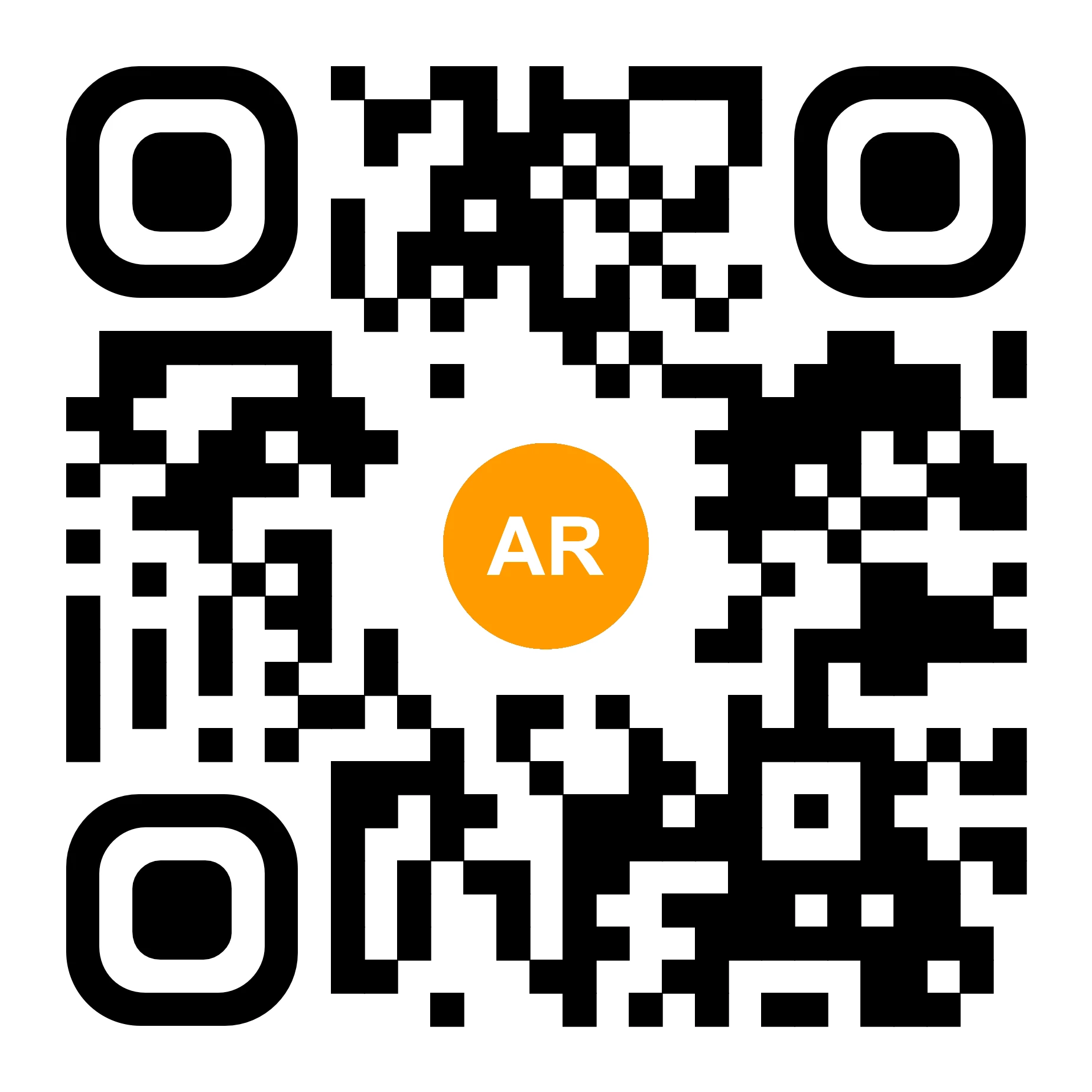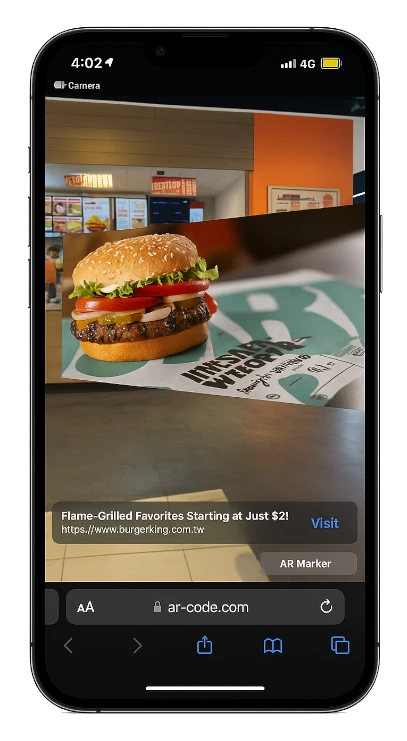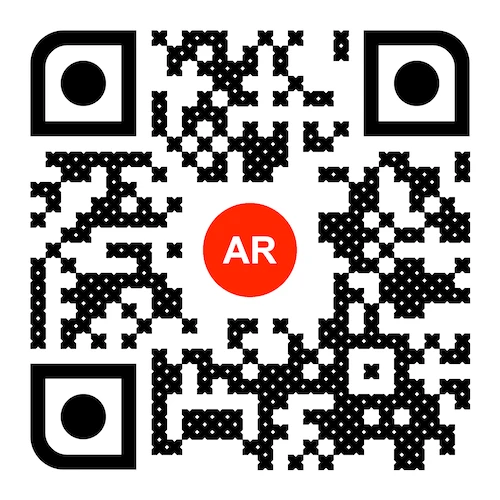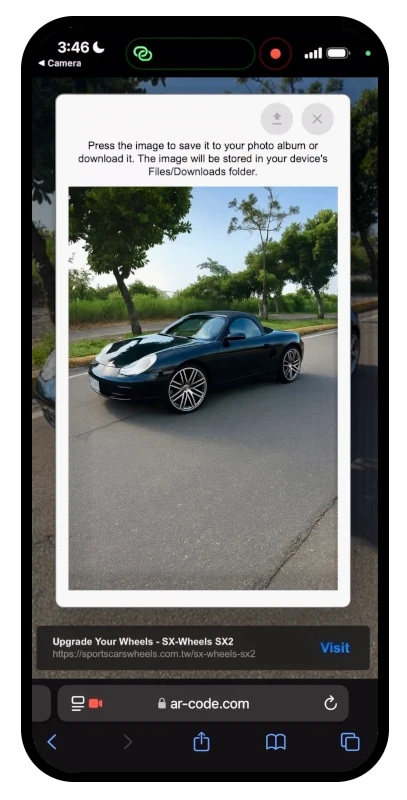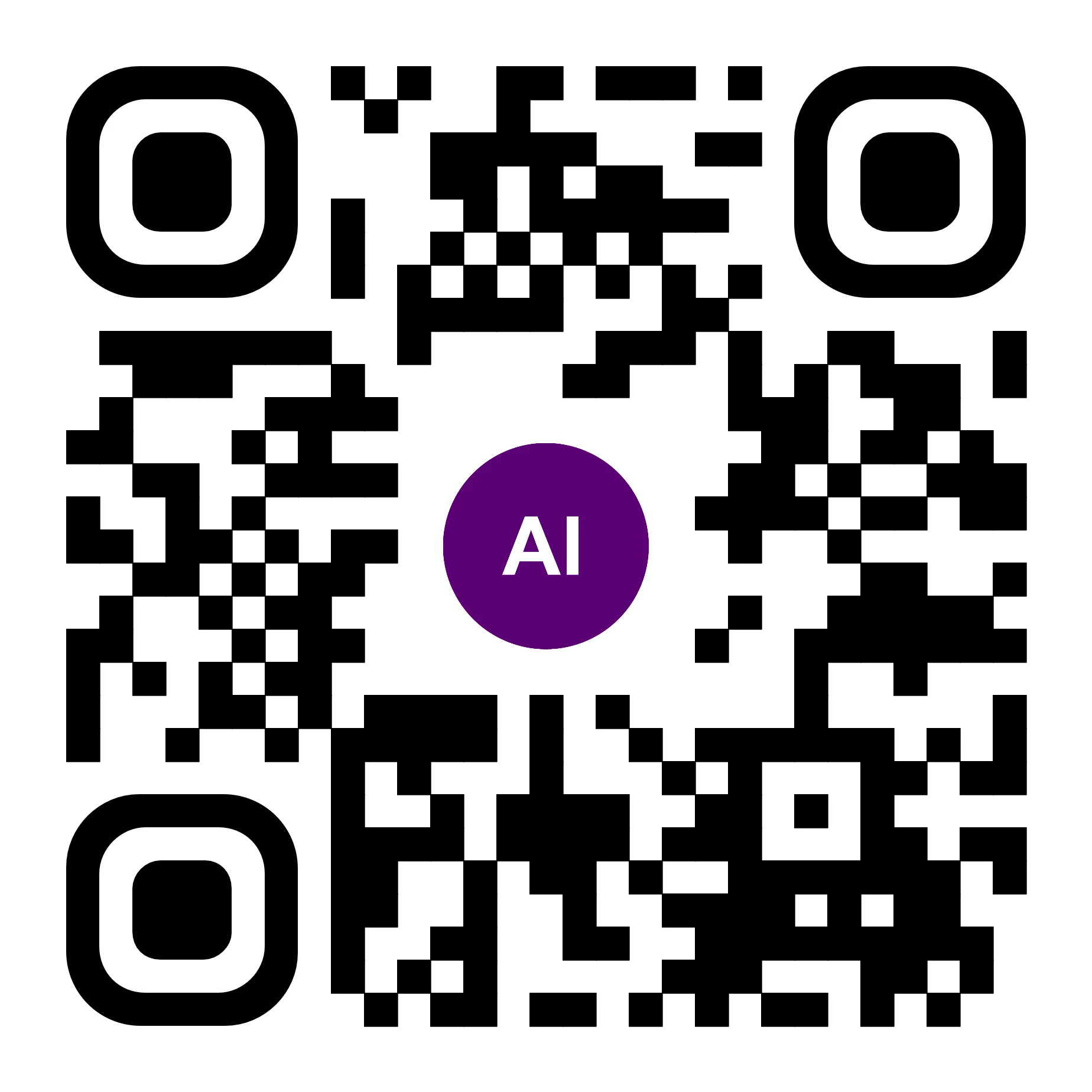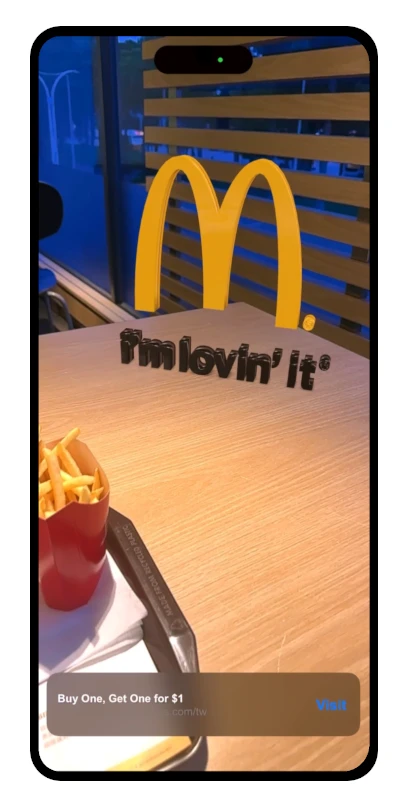VIDEO TUTORIAL: How to make a 3D Model optimized for Augmented Reality with AR Code?
Tutorials | 03/01/2026 |
Unlock next-level business marketing and customer engagement with AR Code SaaS solutions. Seamlessly integrate immersive augmented reality experiences by preparing high-impact, optimized 3D models in Blender. This guide details essential strategies for optimizing 3D assets to boost your brand’s digital presence and captivate audiences with powerful AR Code integrations.
Center 3D Models for Professional Augmented Reality Experiences
For flawless AR showcases, center your 3D models in Blender. Proper model centering delivers polished, reliable AR for every viewer. Get started with these quick steps:
- Import your 3D model into Blender.
- Set the origin to geometry for accurate alignment.
- Move the model to coordinates (0,0,0) for perfect scene placement.
- Save your centered model, ready for AR Code upload.
Optimize AR with 3D Model File Compression
Create instant AR experiences by optimizing your 3D files and textures for speed. Smooth performance keeps users engaged and maximizes conversion. Use these steps for effective file compression:
- Import the model into Blender.
- Export in .gltf + .bin, including all textures.
- Compress textures in GIMP to 1024x1024 pixels or less and save as high-quality .jpg.
- Relink or update improved textures in Blender or directly in your .gltf file.
- Export your compressed model for fast AR Code deployment.
Follow our step-by-step Blender and GIMP compression tutorial to streamline your AR workflow.
Accelerate Loading by Reducing 3D Model Vertices
Enhance AR performance by minimizing vertex counts in your 3D models. This speeds up AR experiences across industries including real estate, advertising, product marketing, and manufacturing.
- Import into Blender.
- Select the mesh, use the decimate modifier, and target fewer than 50,000 faces to maintain quality with optimal load speed.
- For static assets, combine meshes before decimating for consistency.
- Export as .glb with “Apply modifiers” enabled; leave “Compress” unchecked.
- Upload your optimized 3D model to AR Code for powerful AR business solutions.
Learn about advanced mesh reduction in our CAD optimization tutorial using MeshLab and Blender.
Export in Supported 3D File Formats for AR Code
Leverage the full capability of AR Code SaaS solutions by uploading models in compatible formats. This ensures smooth integration and maximum device compatibility for large-scale AR marketing and training initiatives.
When uploading 3D models on AR Code, use .GLB, .USDZ, .PLY, .STL, .FBX, .OBJ, .X3D, .GLTF, or .ZIP for best performance. AR Code also supports .DAE and .ABC for advanced enterprise needs.
Stay under 25MB to guarantee fast AR launches. Access our file size management guide for 3D models for best practices and additional tips.
Scale 3D Models for Effective AR Code Integration
Keep 3D assets under 25MB for fast uploads and smooth business AR experiences with AR Code. After compression and mesh reduction, scale your assets in Blender for accurate display and real-world AR value.
To set scale:
- Select the model, press “S” to scale.
- Adjust dimensions for your intended AR application and apply changes.
- Export as .glb at the chosen scale, ready for AR Code.
Conclusion: Amplify Your Business Results with AR Code and Optimized 3D Models
AR Code SaaS empowers your business to deliver engaging augmented reality on any digital channel. By prioritizing texture compression, mesh reduction, and correct file formats, you guarantee fast, reliable, and visually stunning AR experiences. Use these expert tips to keep your AR content accessible and captivating for your target audience.
Start with our comprehensive AR Code SaaS plans guide to select the right platform for your business objectives. New to AR? Learn how to scan AR Codes for your business. Capture attention, enhance product marketing, and connect with customers across commercial real estate, interactive AR advertising, and retail environments with AR Code’s advanced solutions. Explore use cases including augmented reality for real estate to outpace competitors and drive business growth.
Frequently Asked Questions
Why is centering my 3D model so important?
Centering ensures your AR model displays perfectly for all users, guaranteeing a polished AR experience. In Blender, set the origin to geometry, move to (0,0,0), and deliver reliable AR content with every scan.
How can I effectively reduce the file size of my 3D model?
Reduce file size for faster AR by minimizing texture resolutions, decimating mesh faces, and exporting in .gltf format. Use .jpg for texture files and keep face counts below 50,000 for optimal AR display in business settings.
Which file format is best for AR Code uploads?
GLB, USDZ, PLY, STL, FBX, OBJ, X3D, GLTF, and ZIP ensure seamless uploads to AR Code. Additional support for DAE and ABC is available. Details are in this AR file upload guide.
What is the optimal file size for AR 3D models?
For fast AR loading and top engagement, keep 3D model files at or under 25MB. Larger files can slow the AR experience and reduce user retention.
Tutorials - Latest Blog Posts
Tutorial on Leveraging the AR Code API Key

Accelerate business growth and drive digital transformation with AR Code SaaS solutions, the leading augmented reality platform for seamless and scalable AR integration. Boost operational efficiency and enhance marketing with our AR Code API key tutorial. AR Code empowers businesses to create immersive content,...
How to Create a Customized AR Code Experience?
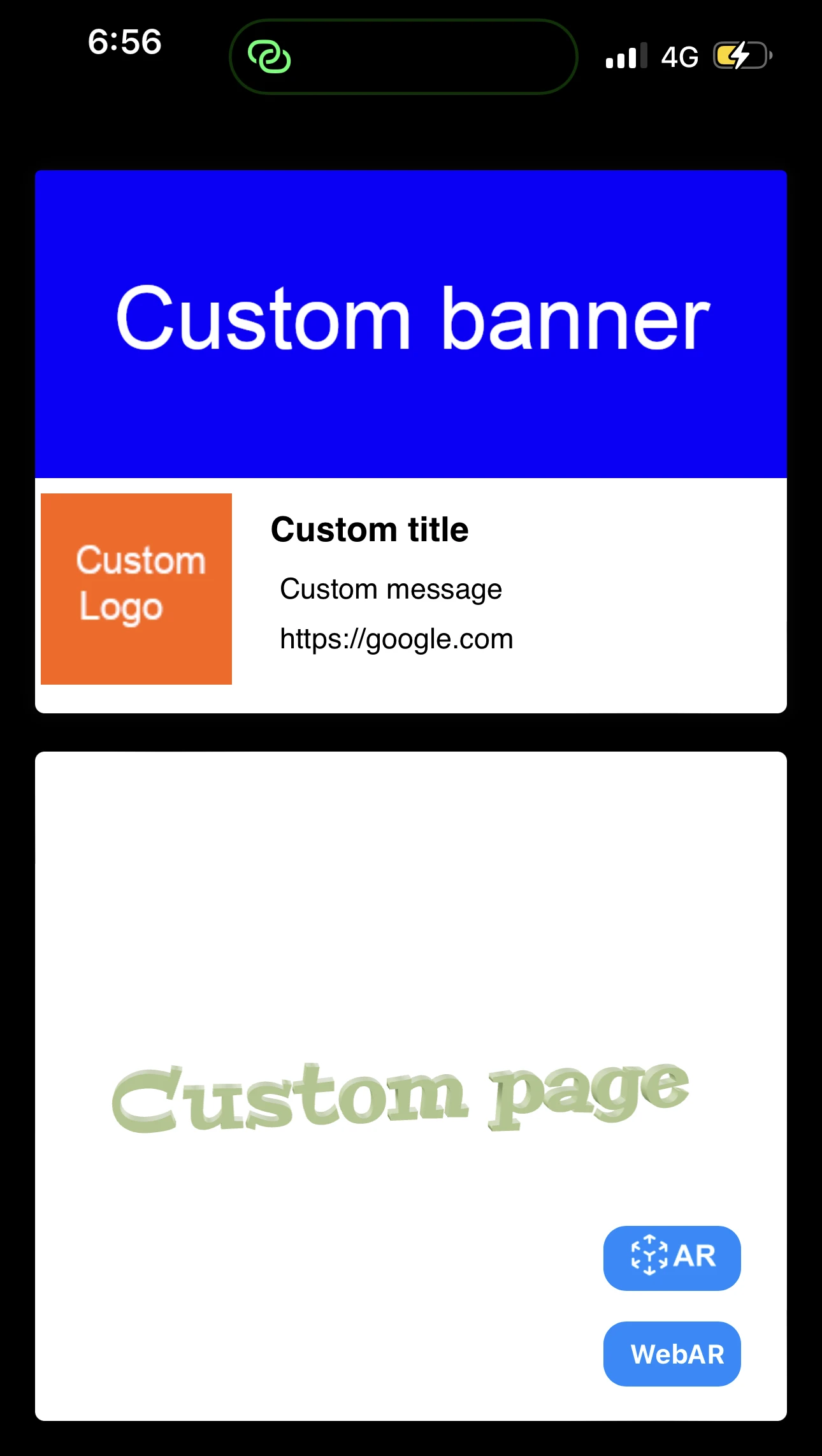
AR Codes elevate customer engagement by delivering immersive augmented reality solutions that set your business apart in today’s digital marketplace. With AR Code’s advanced custom pages, brands can instantly display unique messaging, company logos, and calls-to-action the moment a user scans the code—maximizing...
How to Manage the File Size Limitation for 3D Models on AR Code ?

Accelerate your business growth and drive engagement with AR Code SaaS solutions. AR Code allows companies to instantly integrate advanced augmented reality and 3D experiences into products, marketing, and brand messaging, maximizing customer interaction and delivering a competitive edge. Ensure flawless AR by...
VIDEO TUTORIAL: How to convert a 3D CAD model from STP STEP or IGS IGES formats to GLB or OBJ
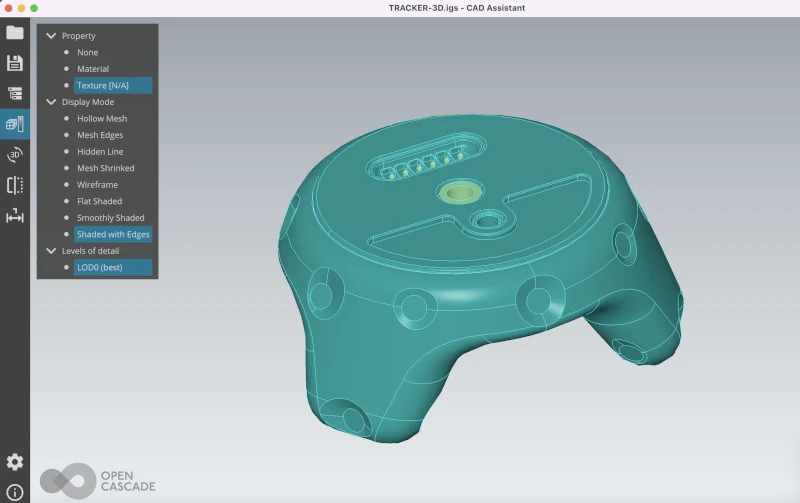
3D CAD models are essential for driving innovation in industries such as industrial manufacturing, real estate, creative agencies, and product design. Today’s CAD platforms make project execution more efficient and collaborative. Integrating AR Code SaaS solutions allows businesses to showcase 3D CAD models in...
VIDEO TUTORIAL: How to compress / reduce the size of an industrial 3D CAD model with MeshLab and Blender?

Boost your business growth and elevate your brand by leveraging AR Code SaaS solutions for immersive augmented reality experiences tailored for enterprises. Utilize high-performance 3D models, learn critical 3D file size optimization with Blender, and deliver visually stunning, high-definition 3D CAD content in your...
VIDEO TUTORIAL: How to compress / reduce the size of a 3D model in Blender (GLB, GLTF, DAE, FBX, OBJ...)?

Blender is a leading open-source 3D software enabling businesses to create high-quality 3D graphics, animation, and visual effects efficiently. Its compatibility with numerous formats—GLB, GLTF, DAE, OBJ, ABC, USD, BVH, PLY, STL, FBX, and X3D—empowers organizations to accelerate 3D modeling, design, and augmented...
VIDEO TUTORIAL: How to Display a 3D Scan Photogrammetry in Augmented Reality with an AR Code
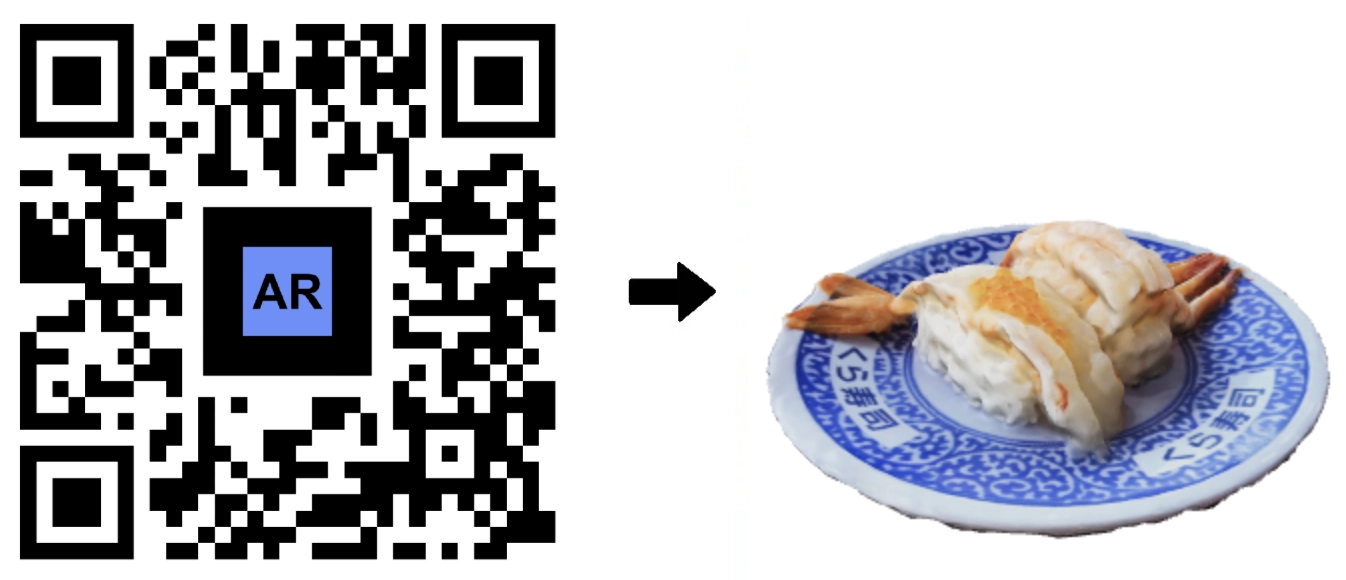
Accelerate your business growth with AR Code’s SaaS solutions for seamless photogrammetry uploads and captivating augmented reality rendering. AR QR Codes revolutionize customer engagement, boost conversion rates, and deliver memorable interactive experiences. Elevate your marketing strategy and distinguish your...
VIDEO TUTORIAL: How to create an AR Portal and anchor it with an AR Code?
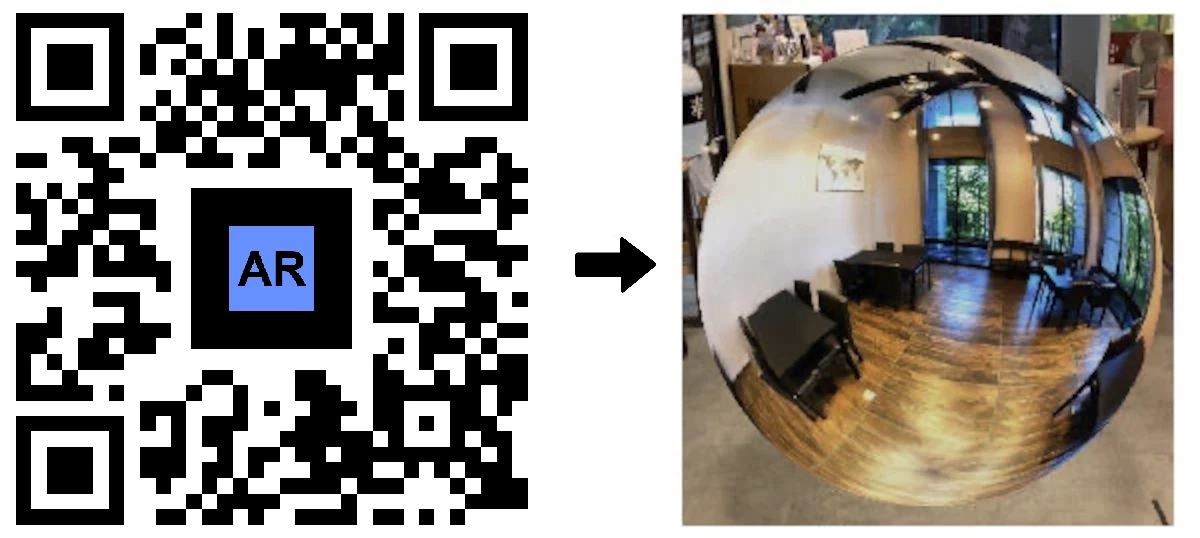
AR Portals are transforming business engagement by offering immersive augmented reality experiences that increase customer interaction and conversion rates. With AR Code SaaS, showcase products and services through interactive digital presentations that help consumers make confident decisions and strengthen brand...
VIDEO TUTORIAL: Generate 3D Text on AR Code
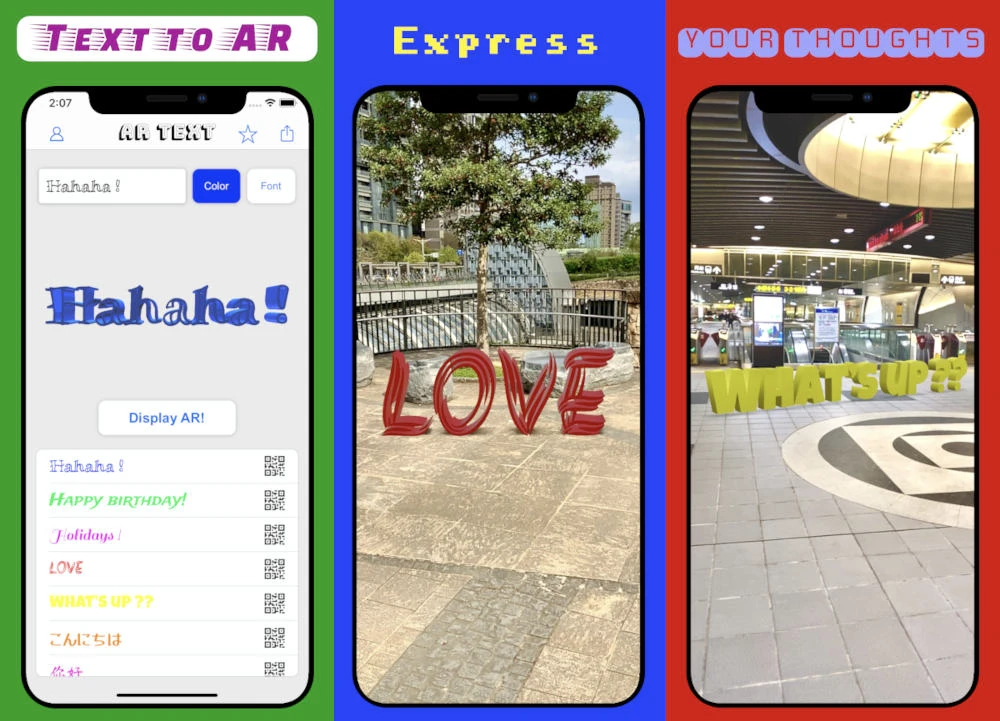
Elevate your business communication, marketing, and educational outreach with AR Text from AR Code. Instantly transform plain text into captivating 3D AR animations, increasing audience engagement and strengthening your brand presence. AR Text is designed for businesses, educators, and creative professionals to...
VIDEO TUTORIAL: Create an AR 3D Photo on AR Code
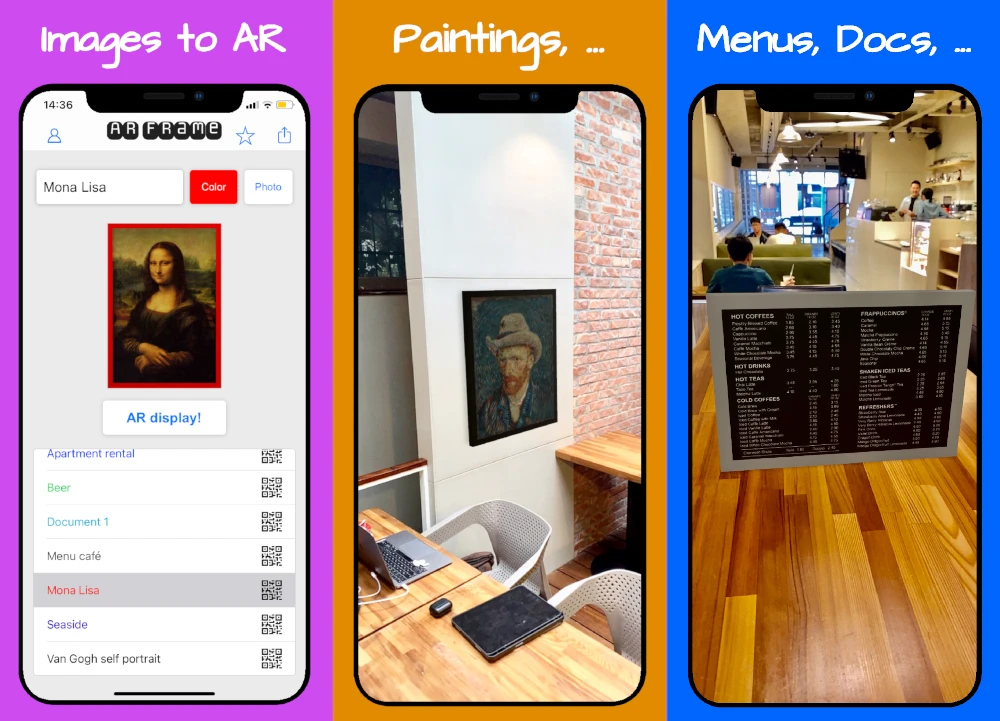
AR Code revolutionizes 3D Augmented Reality photography for businesses with intuitive, industry-leading solutions designed for efficient AR photo creation and sharing. With AR Code SaaS, companies can generate and share dynamic AR QR Codes that increase customer engagement and drive brand awareness. AR Frame iOS...
149,818 AR experiences
552,196 Scans per day
129,052 Creators
